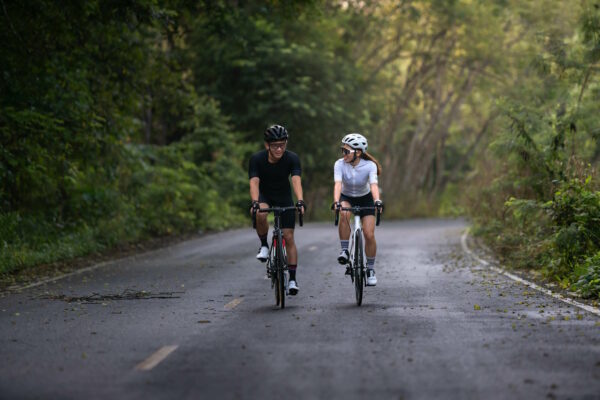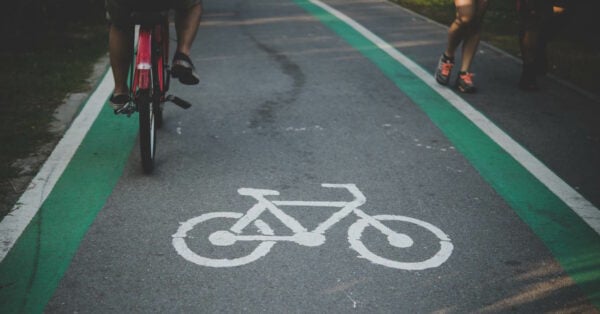Cyclists always come off worst in a vehicle vs bicycle accident, so to help cyclists think like a driver and vice versa, let’s have a look at some thought patterns that motorists have that influence how they drive, and thought patterns cyclists have that influence how they ride. A better understanding of this will enable cyclists to anticipate when something might be a dangerous scenario for them, and for motorists to give cyclists more room.
Drivers can get annoyed when cyclists don’t obey the road rules. This includes things like running red lights, or not signalling where they are going (cyclists are required to give hand signals for at least three seconds before stopping or turning).
Cyclists get annoyed when drivers don’t give them enough room because it’s not always possible to ride a perfectly straight line due to potholes, wind gusts, debris on the road, drains, etc. Motorists should give a cyclist at least 1.5 metres room.
A truck driver cannot see a cyclist if it is in one of its massive blind spots, and that includes right in front of the cab.
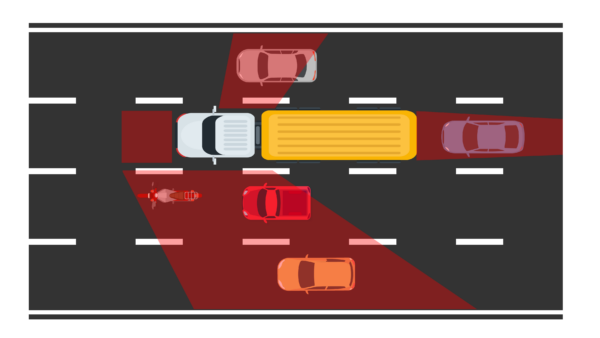

Cyclists must take care when filtering up the left-hand side of vehicles who might be waiting to turn left; the motorist may not see the cyclist due to blind spots or simply not expecting the cyclist to be there.
Cyclists have poor stopping distances due to the narrow tyres; vehicle drivers need to understand this is the case when pulling out, especially if the cyclist is going downhill.
Cyclists are at high risk of being ‘car-doored’, which is when a motorist opens a door in front of a cyclist; this is a reason that cyclists often ride quite far out from stationary vehicles when overtaking them.
Some older cycle paths and shared paths are particularly bumpy and uncomfortable to ride on, or they are narrow and dangerous because of other pedestrians and slow cyclists. This means that some cyclists prefer to ride on the road (which they are allowed to do), but that can draw the ire of motorists.
Cyclists shouldn’t ride on footpaths unless they are shared footpaths.
Motorists need to understand that a cyclist on the road means one less car they have to sit behind in traffic, and one less vehicle contributing to pollution.
Motorists often miss cyclists when glancing left and right because of saccades, which are the movements the eye makes when focusing and moving. You are technically blind during a saccade, and a small object moving quite fast can get missed.
Motorists cannot use a cycle lane to park or drive in, but can use it for up to 50m when turning, or cross it to turn into a side street or driveway. Read the rules here.
According to legislation, a motorist can use a restricted lane when avoiding a stationary object. This means, that a motorist might enter a cycle lane (if safe) when overtaking a turning car to the left.
Cyclists should not unduly hold up motorists. That means choosing a safe lane position that helps other motorists get past, rather than hinders them.
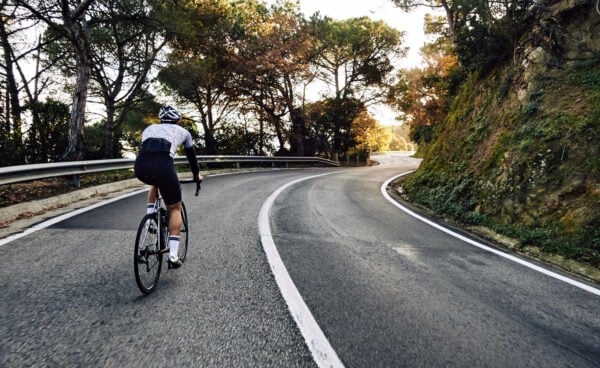
Cyclists have the same rights as motorists at intersections, and that includes roundabouts. However, many cyclists prefer to dismount on larger roundabouts.
Cyclists at night must make themselves more visible as the single point of light makes it harder to judge distance than the twin headlights of a car or truck.
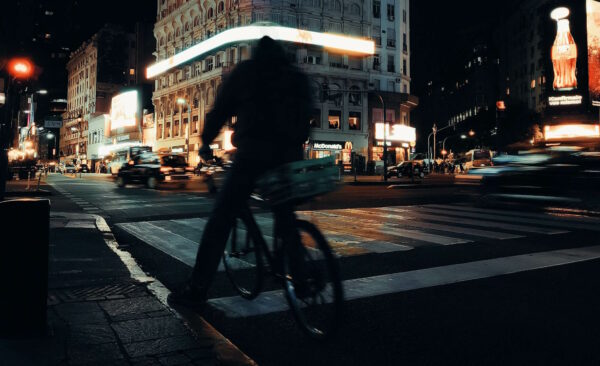
Cyclists get dazzled by high-beam headlights, too, so make sure you dip your headlights for them at night.
Cyclists are allowed to ride two abreast, but should be considerate to motorists that may want to overtake.
